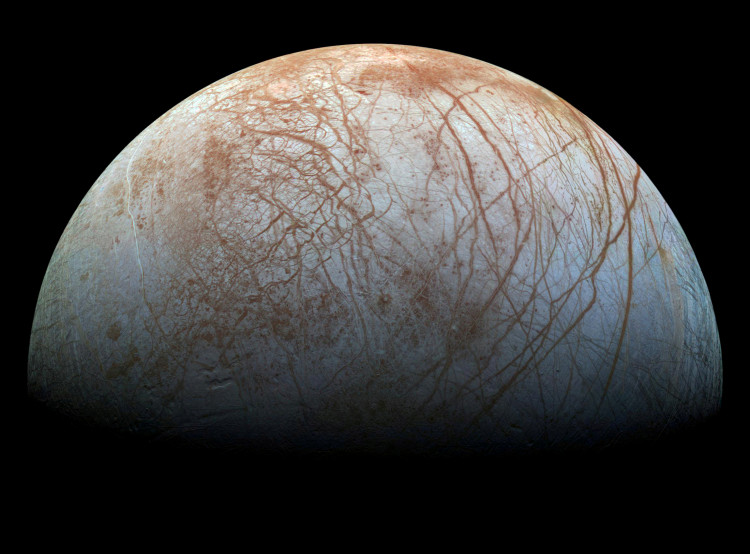Planetary scientists have a reason to believe they have discovered the largest impact crater in the solar system. The scars are massive that they cover a huge portion of Jupiter's largest satellite, Ganymede.
The research team behind the new research intended to review past observations with data taken from several of NASA's Ganymede missions. They were particularly interested in a set of features called furrows, which can be found on some of the satellite's oldest terrain.
According to previous research, these furrows are evidence of a huge impact so powerful that it left markings across an entire side of Ganymede. However, a revisit on the scars revealed that furrows are, in fact, an impact so massive that it affected nearly the entire moon.
The scientists started by gathering data from NASA's twin Voyager missions, which made a flyby Jupiter in 1979, as well as the Galileo mission, which spend nearly a decade -- from the late 1990s to early 2000s observing the biggest planet in our solar system and its moons.
The team then studied a region of Ganymede called the Dark Terrain, where its oldest surfaces can be found. Based on the new modeling, the furrows throughout the area all ripple out from one point including those on the other side of the satellite. From this observation, the researchers hypothesized that the furrows are an indicator of an impact event that affected the whole of Ganymede and not just one side of it.
For this to happen, an impact caused by a gigantic asteroid could have been involved in that collision, one that's more than 90 miles across, according to researchers. The impact was so eventful that it left a series of fractures and rings across Ganymede that years and years of processes made them become troughs and furrows that scientists see now, according to a statement about the new research.
The scientists believe that Ganymede's scars are the largest impact structure in the entire solar system, with a radius as large as 4,800 miles. This makes the current largest known impact system, called Valhalla Crater and found on another Jupiter moon, Callisto, but a tiny dent, with a radius of 1,200 miles.
With this new data, the research team hopes that we will have a better understanding of the furrows of Ganymede and understand precisely what caused them. The research is described in a study published in the journal Icarus.


